Spotlight
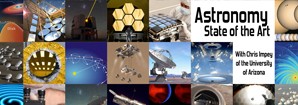
More than 4,400 Taking UA Astronomy Class Online
University of Arizona astronomer Chris Impey has gone from teaching University students to teaching the world.
Impey, a University Distinguished Professor and deputy department head of astronomy, developed a special course, "Astronomy: State of the Art" – the University's first massive open online class, or MOOC.
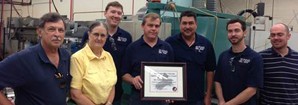
UA Instrument Shop is Awarded a JWST "Webbie"
Please join us in congratulating the staff of the URIC Machining and Welding Center on being awarded a “Webbie”. What is a “Webbie” you ask? It is NASA’s James Webb Space Telescope Significant Achievement Award, given to recognize “extraordinary dedication and contributions” to the JWST Project.
Over the past few years, the URIC Machining and Welding Center has been busy building various parts of JWST’s Near Infrared Camera (NIRCAM) whose PI is Steward Observatory’s Dr. Marcia Rieke. Recently, the URIC team was able to build a critical part on very short notice, and ship it to NASA’s Goddard Space Flight Center. This saved NASA from delaying an important “vibe” test. The award is certainly a testament to the URIC team’s skill and dedication in the work that they do.
The team would like to thank Maria and her group at Steward for relying on URIC to help in this extremely important project for both the national and international astronomy community. Also they thank Marcia, Project Manager Debbie Wilson and Sr. Engineer Rick Schnurr for taking the time to present the award personally.
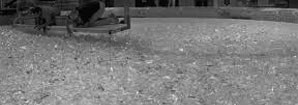
Video of the Casting for GMT3
On Saturday, August 24, 2013, casting for the third mirror for the Giant Magellan Telescope (GMT) began inside a rotating furnace at the University of Arizona’s Steward Observatory Mirror Lab, the only facility in the world where mirrors of this size are being made. The GMT mirrors are considered to be the greatest astronomical optics challenge ever undertaken. Here's a short video of the inital casting of GMT3. To learn more see further details here.
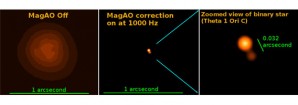
Scientists Make Highest Resolution Photos Ever of the Night Sky
Thanks to new technology developed in part at the UA, astronomers can now view objects in the sky at unprecedented sharpness in visible light. Using a telescope mirror that vibrates a thousand times each second to counteract atmospheric flickering, the team has achieved image resolution capabilities that could see a baseball diamond on the moon.
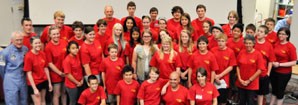
UA Astronomy Campers Communicate with Space Station Astronaut
Don McCarthy, an astronomy professor who's led thousands of kids through the annual summer astronomy camp since 1988, said the camp's first time having contact with an astronaut was hotly anticipated, even before the campers arrived in Tucson.
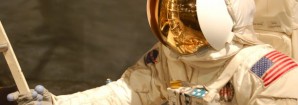
UA Collaborates on NASA Grant Exploring Infectious Microbes and Spaceflight Risk
UA researchers are collaborating on a three-year, $750,000 NASA grant to advance understanding of astronaut crew health and performance during space exploration missions. The project's goal is to better understand infectious disease risks to NASA crews, who are often considered to more susceptible to infections due to a reduced immune function during spaceflight missions.
Pages

For Public
Public events include our Monday Night Lecture Series, world-reknowned Astronomy Camp and Mt Lemmon Sky Center.

For Students
A good place to start if you want to become an undergrad major or grad student, or need to find our schedule of classes.

For Scientists
Find telescopes and instruments, telescope time applications, staff and mountain contacts, and faculty and staff scientific interests.




